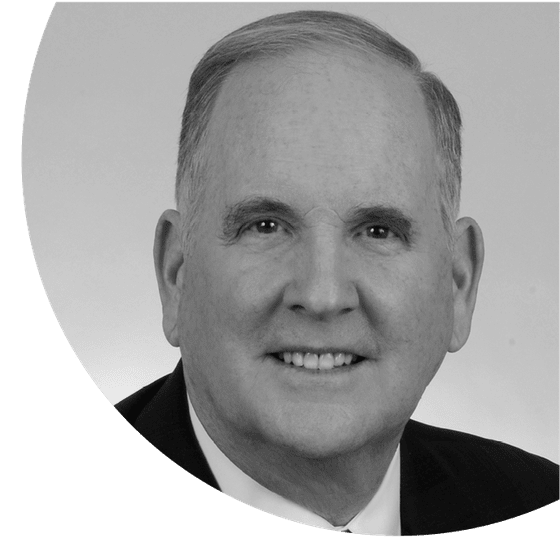DEPARTMENTS

PRESIDENT'S MESSAGE
Members Respond to Multiple Crises
BY LINDSAY COOK, AIHA PRESIDENT
But these disasters occurred against the backdrop of the ongoing COVID-19 pandemic, which by Sept. 1 had resulted in 852,000 deaths and 25.5 million cases worldwide, according to the World Health Organization. In the United States, with the attention of the public health community and the occupational and environmental health and safety professions focused on the pandemic, the natural disasters were a reminder that, as one contributor to a recent
Synergist
article put it, “The fact that we’re in the middle of a crisis doesn’t mean that any of your other risks go away.”
PROTECTING VOLUNTEERS
Even in a normal year, cleanup activities following disasters rely on volunteers who need to be trained on how to stay safe when working in unstable outdoor settings. Conducting cleanup activities amid a pandemic increases the hazards faced by cleanup workers. While many organizations have developed pandemic-related guidance for employees
engaged in cleanup activities, a need exists for similar guidance directed to unpaid volunteers
, who play a vital role in any response.
That’s why AIHA has partnered with the National Institute of Environmental Health Sciences Worker Training Program to develop guidance specifically for volunteers during a natural disaster. The guidance presents control measures to protect against exposure to SARS-CoV-2 before, during, and after natural disasters. Among the topics covered in the guidance are issues related to communal eating, shelter, transportation to and from the disaster site, disinfection of tools, equipment, and workstations, personal protective equipment, and exposure to other people. The guidance also discusses legal protections for volunteers and presents illustrative case studies.LINDSAY COOK
, CIH, CSP, FAIHA,The cooperation between AIHA and NIEHS is just the latest example of our members selflessly contributing their time and expertise to produce needed guidance during the pandemic.
The National Oceanic and Atmospheric Administration has predicted a higher-than-normal number of storms for the region this year. Since the Atlantic hurricane season runs through Nov. 1, the new guidance is a timely addition to AIHA’s impressive and growing library of resources related to the pandemic.
URGENT NEED
The cooperation between AIHA and NIEHS is just the latest example of our members selflessly contributing their time and expertise to produce needed guidance during the pandemic. The efforts began with our backtoworksafely.org
website, which launched May 1 and now includes 26 workplace-specific guidance documents and related resources for protecting workers, students, and the public during the pandemic, as well as a number of guidance documents on issues ranging from workplace cleaning to the use of ultraviolet radiation for surface and air disinfection. When the new guidance on natural disaster cleanup is finalized, it will be available at backtoworksafely.org
. Our members’ response to this urgent need during the worst public health crisis in 100 years represents the best in guidance for minimizing the spread of the virus so that some semblance of normal life can resume; and reinforces for me the extraordinary impact of our profession in today's world.

